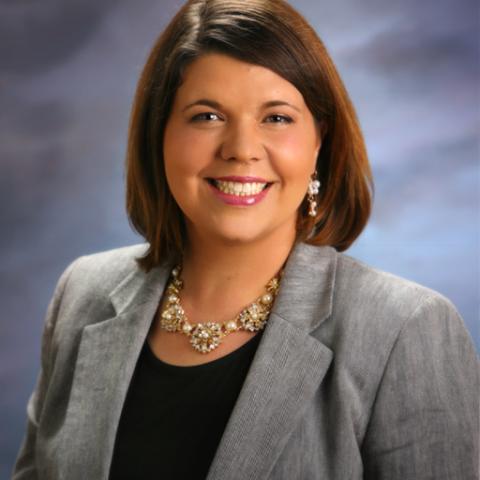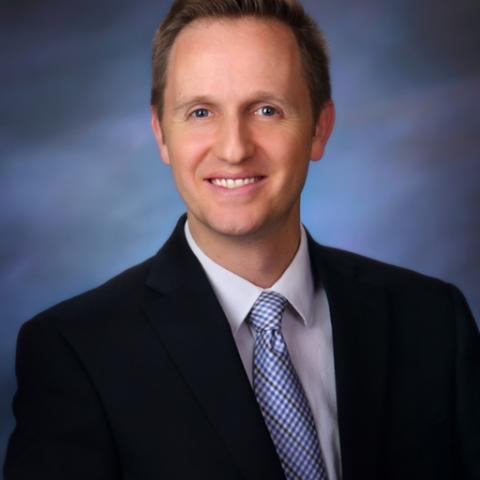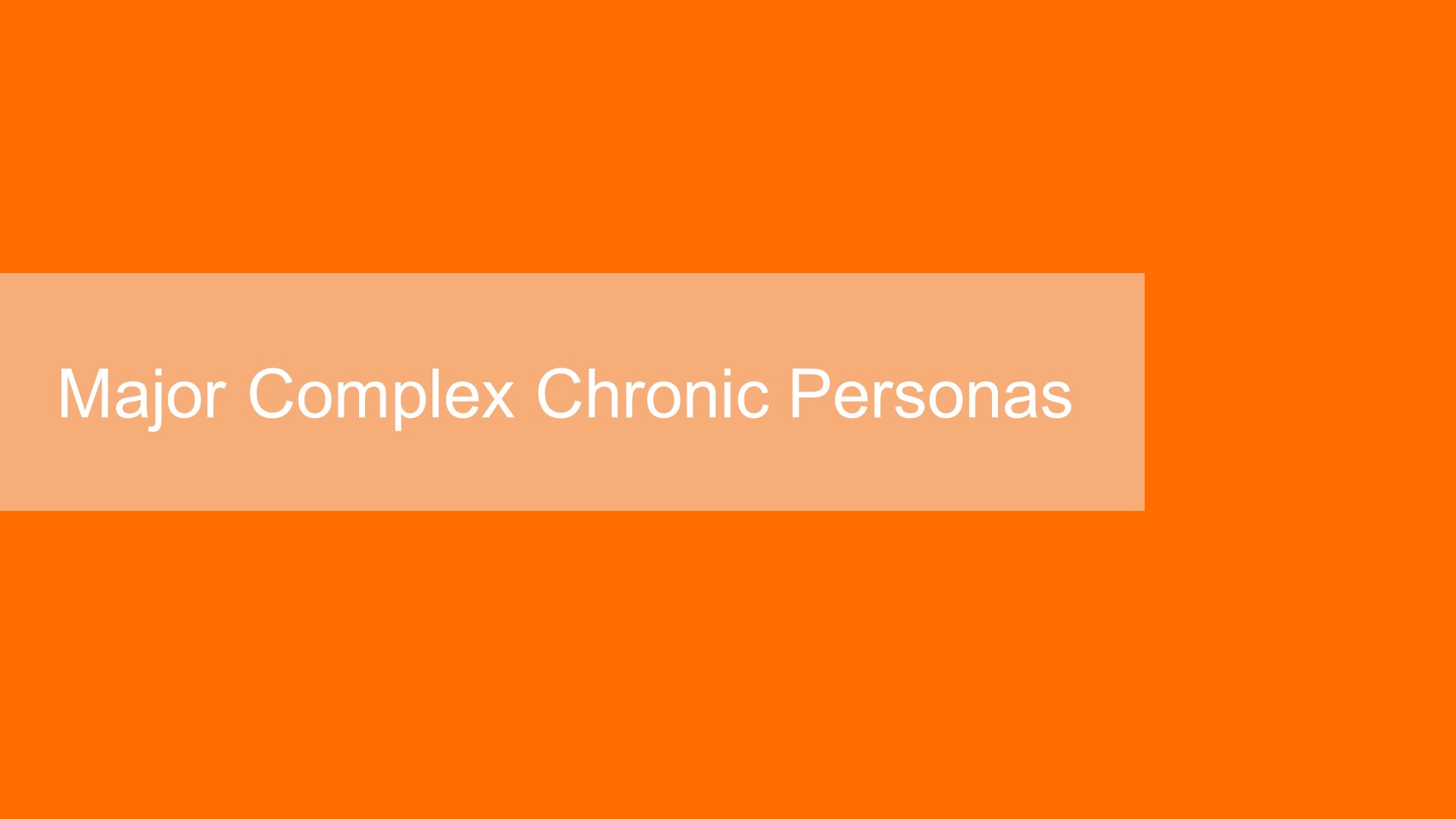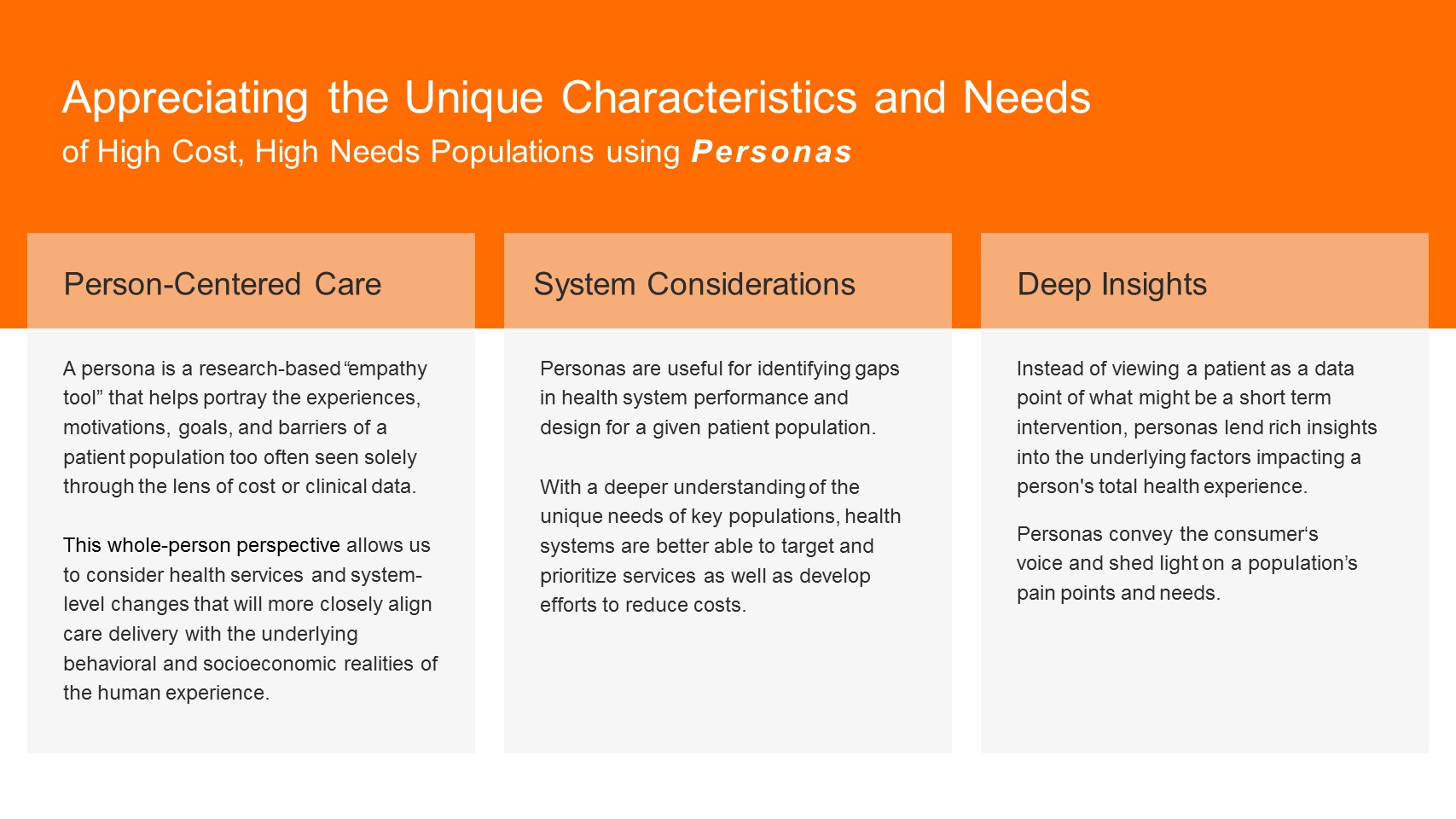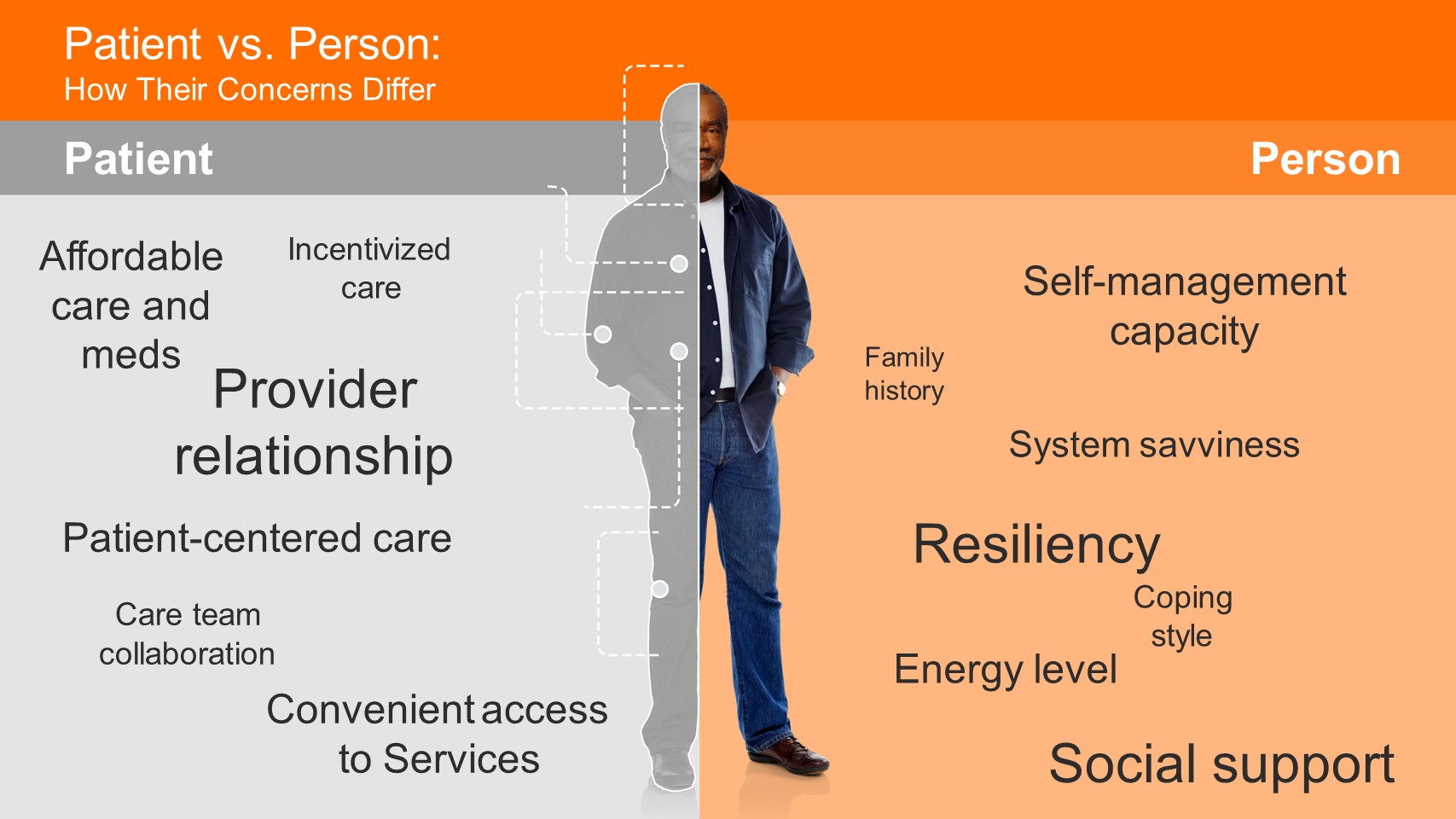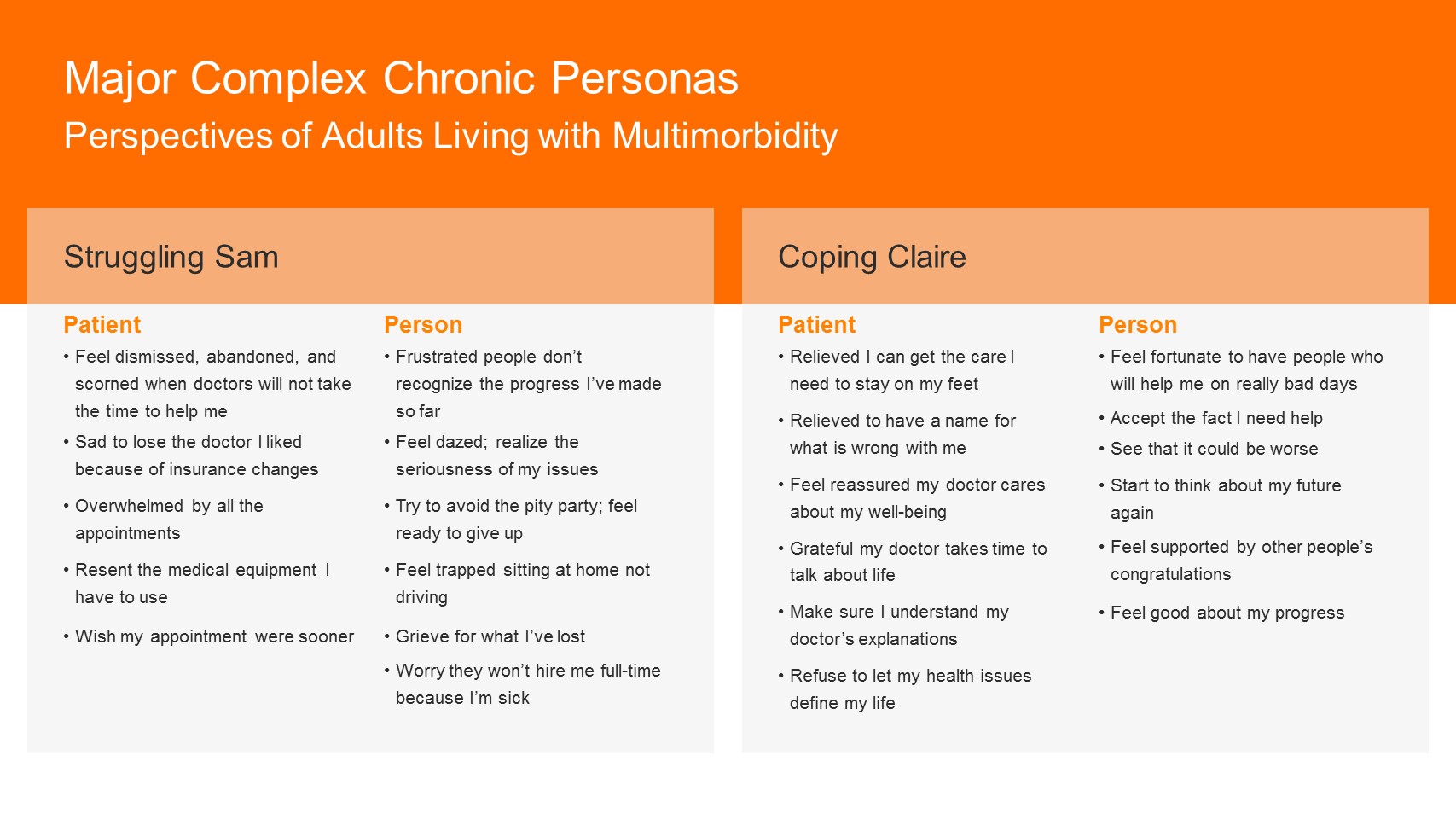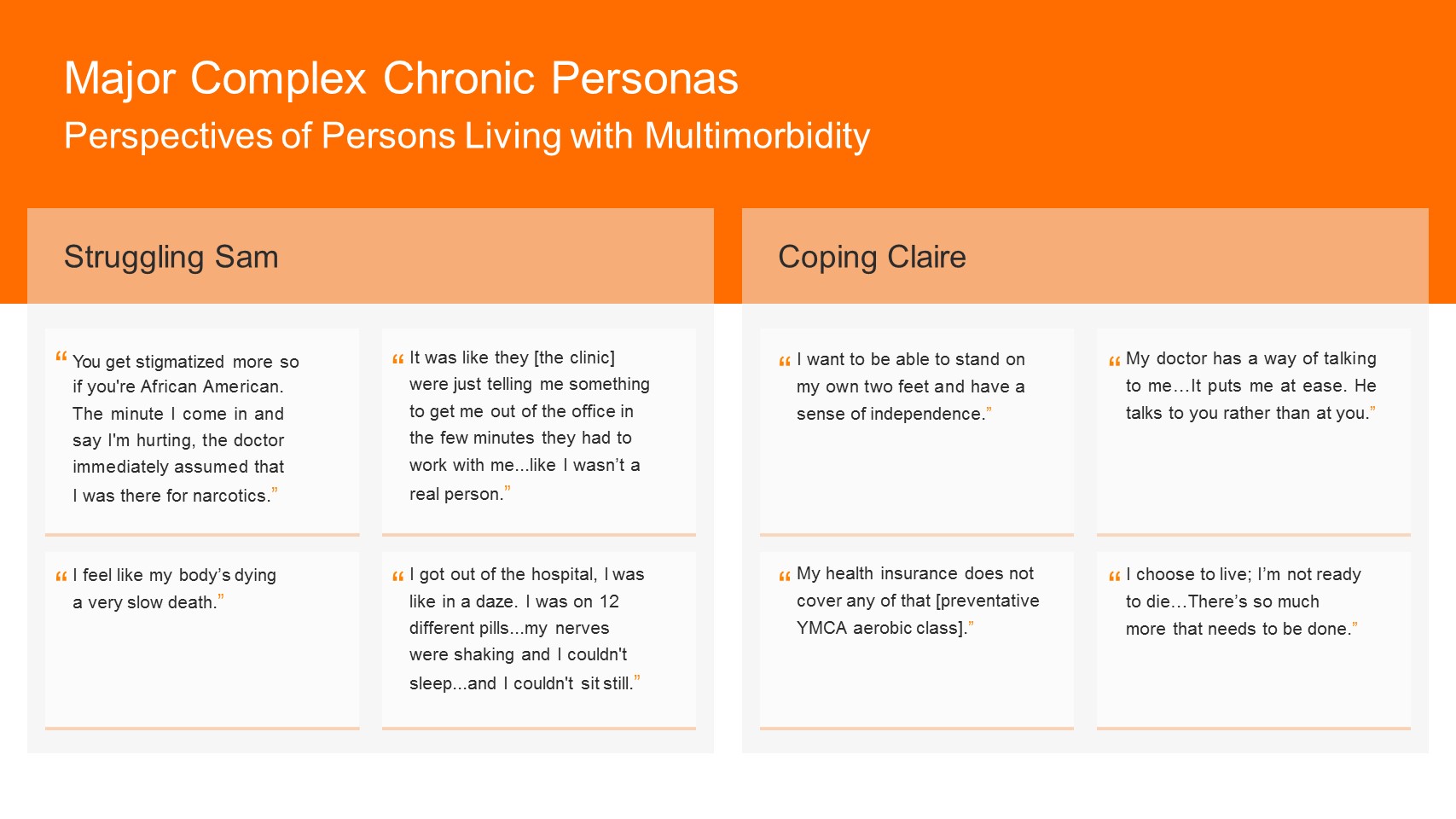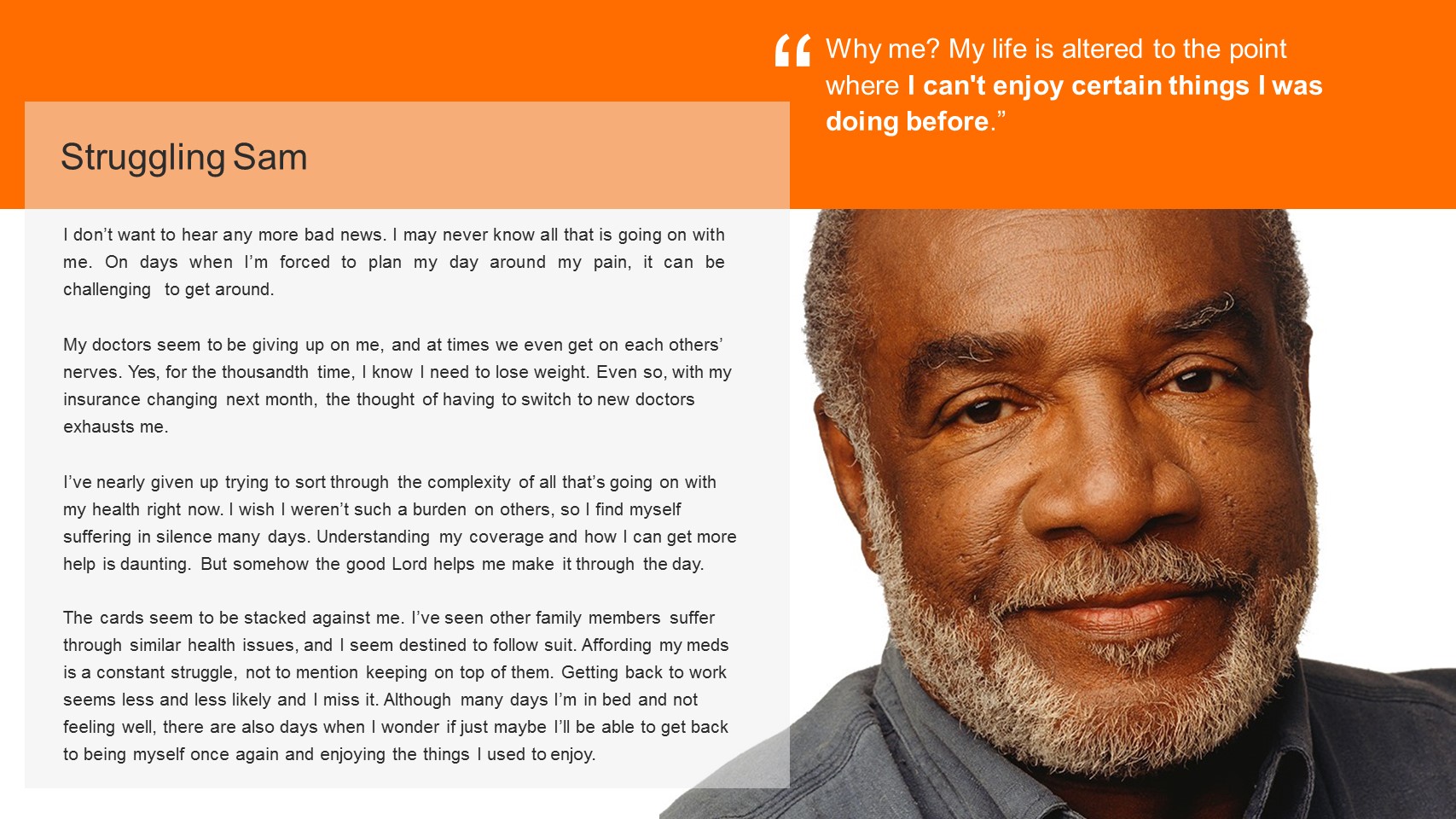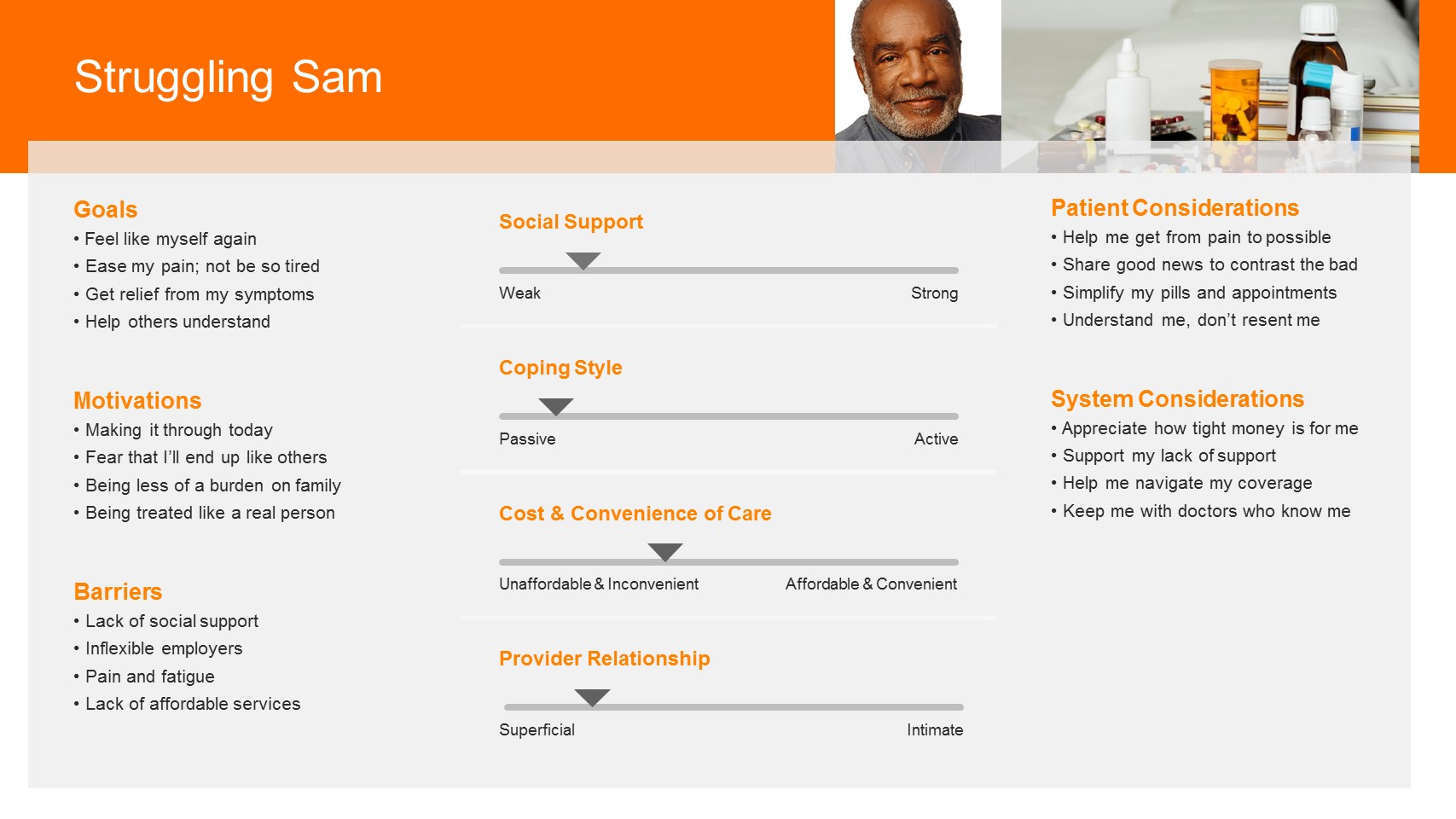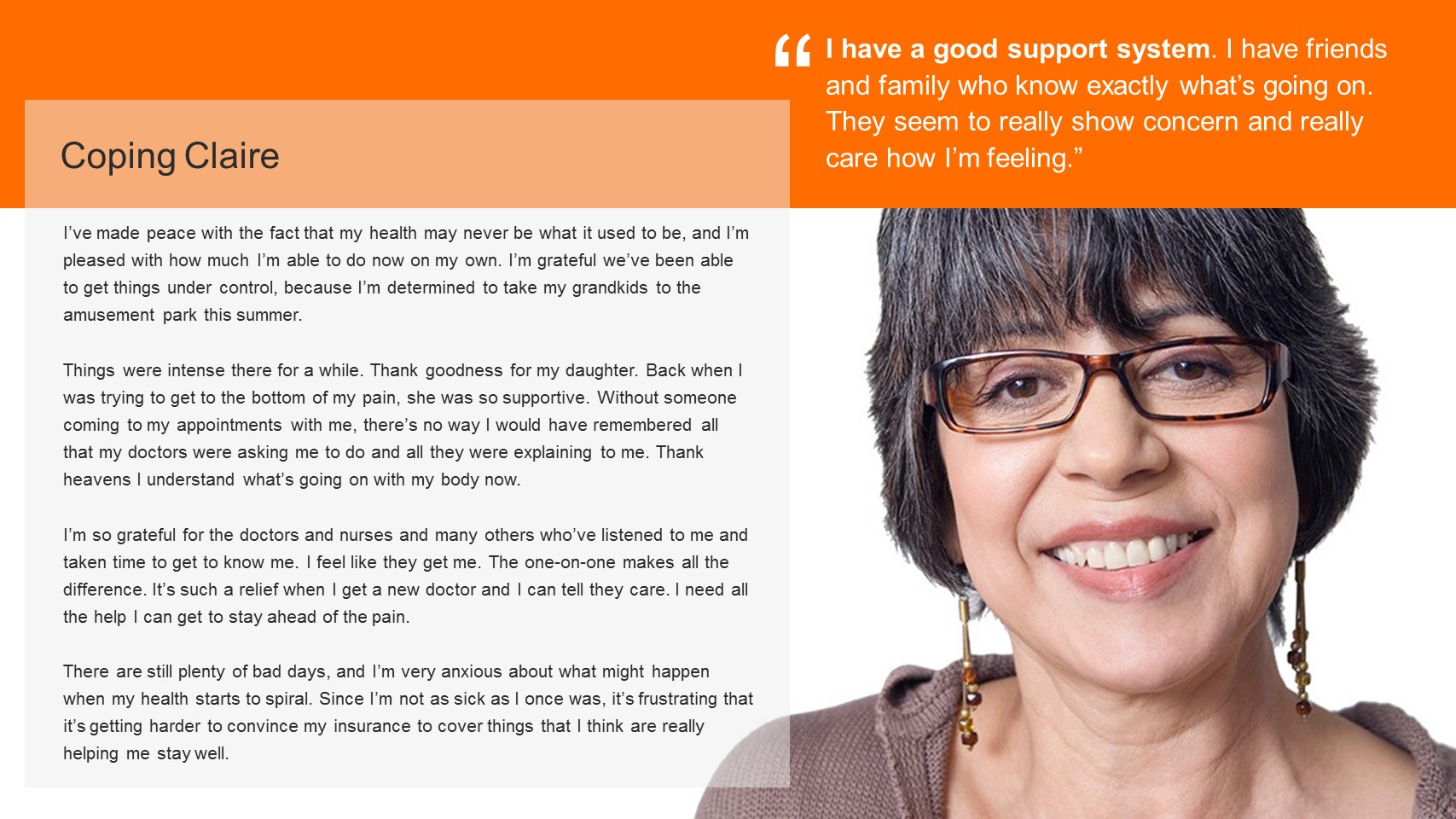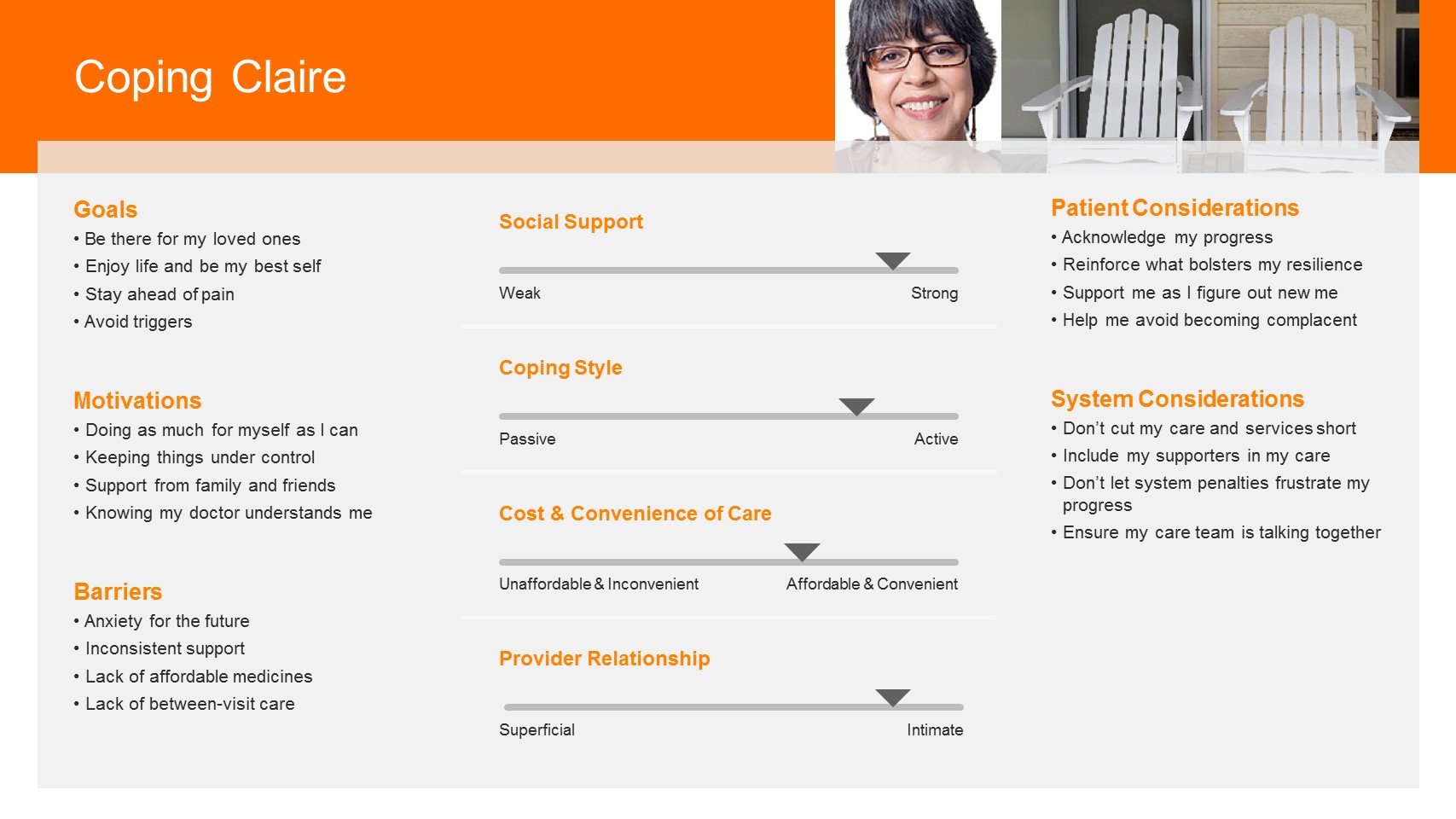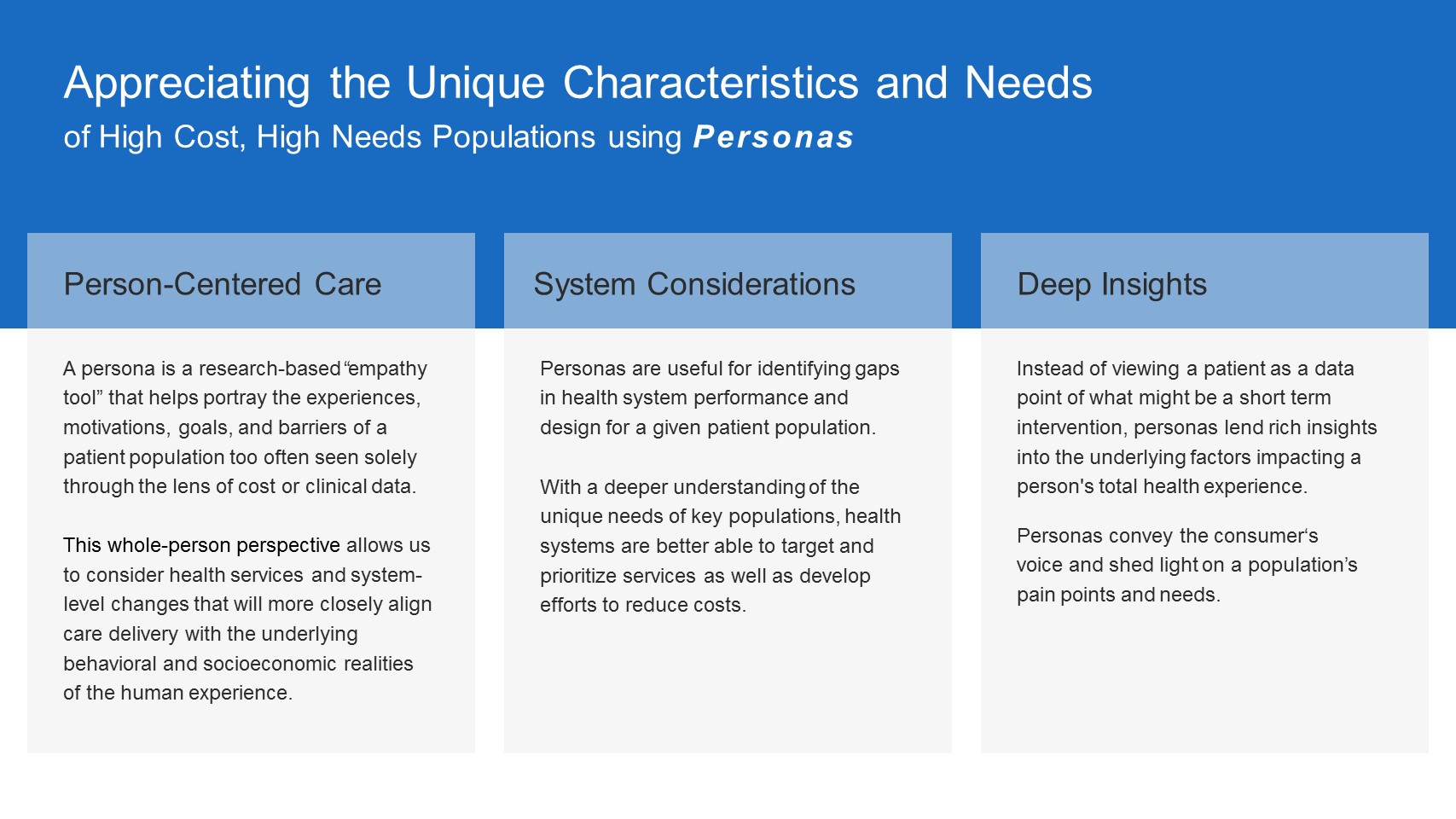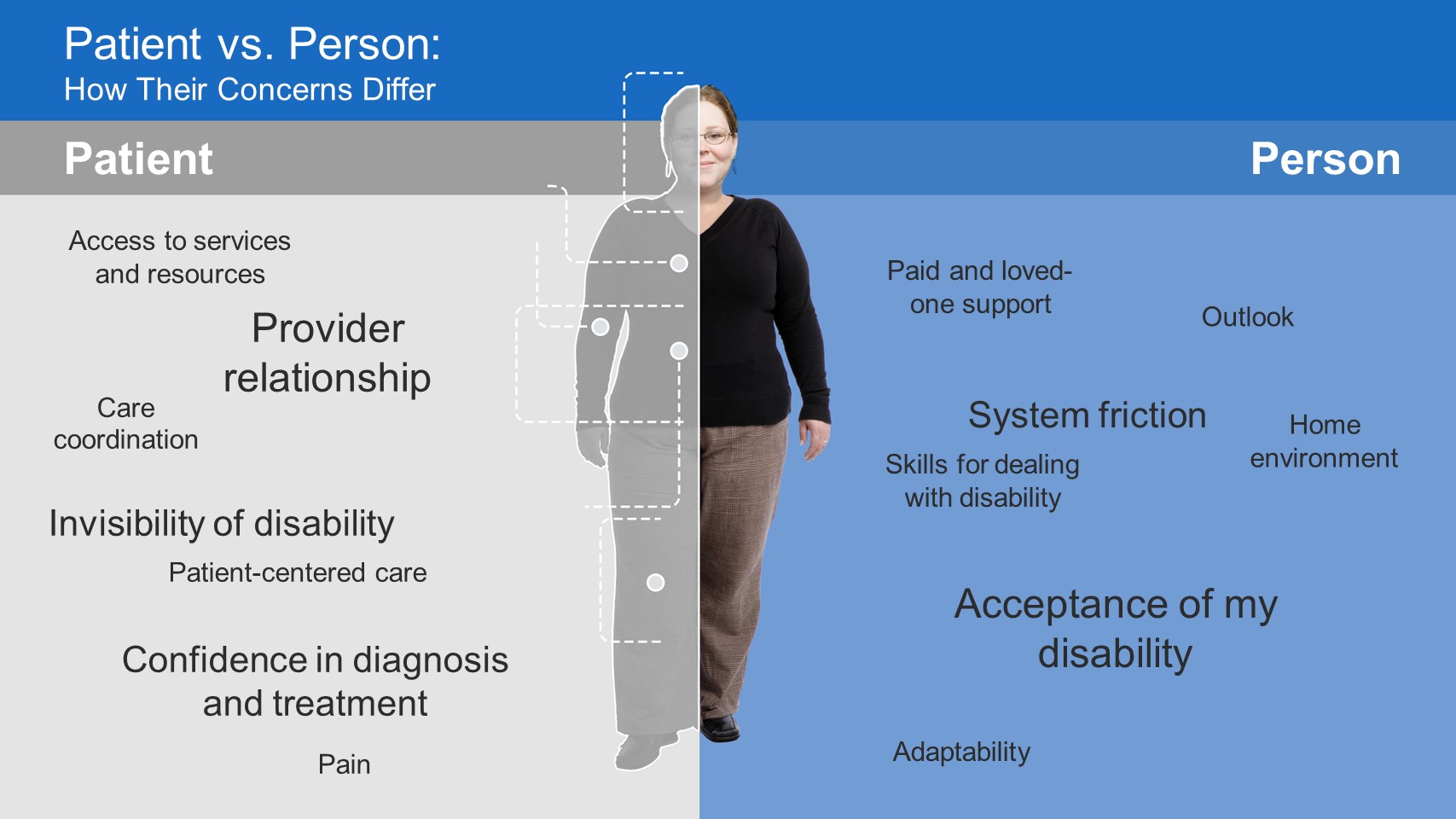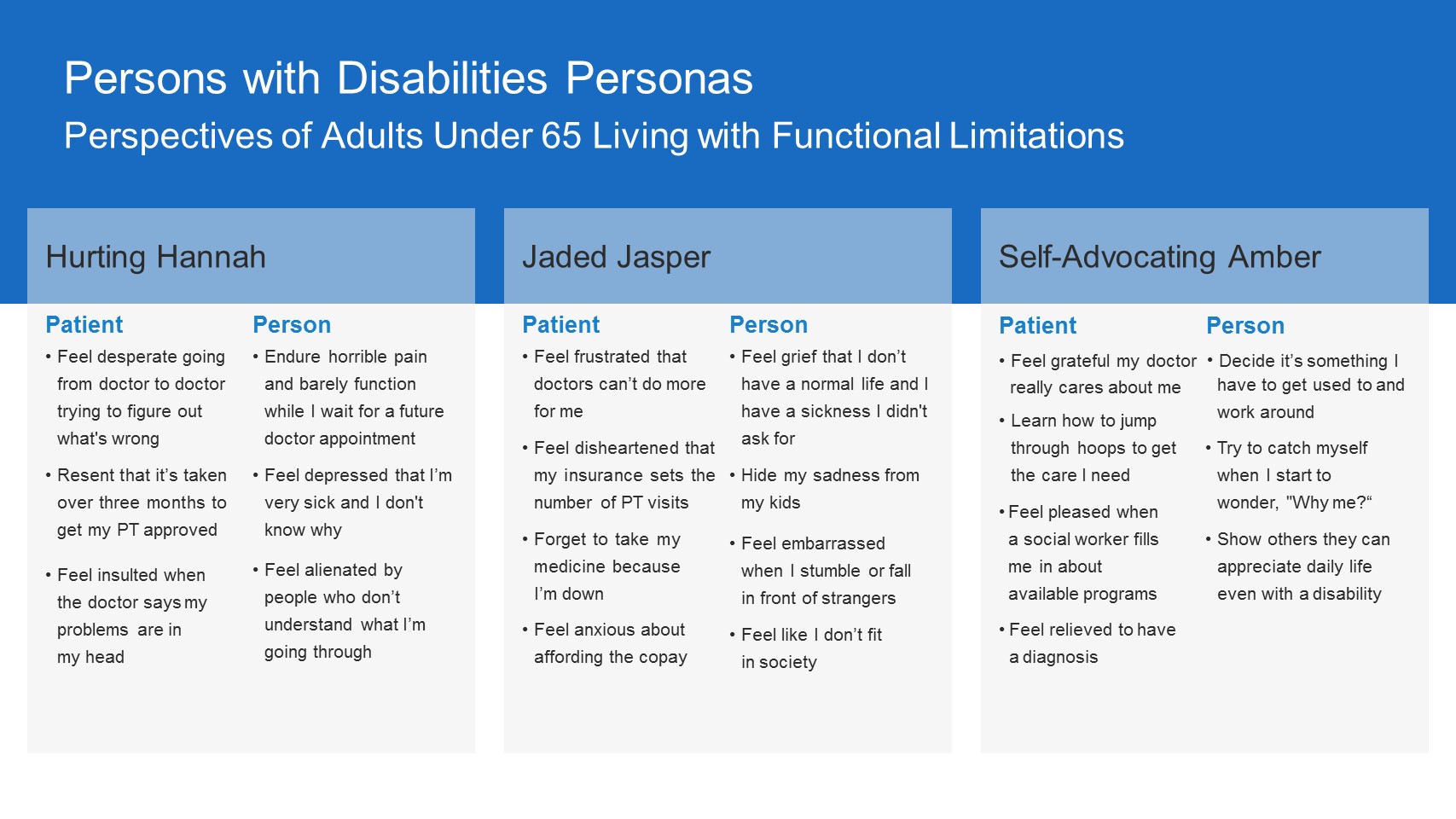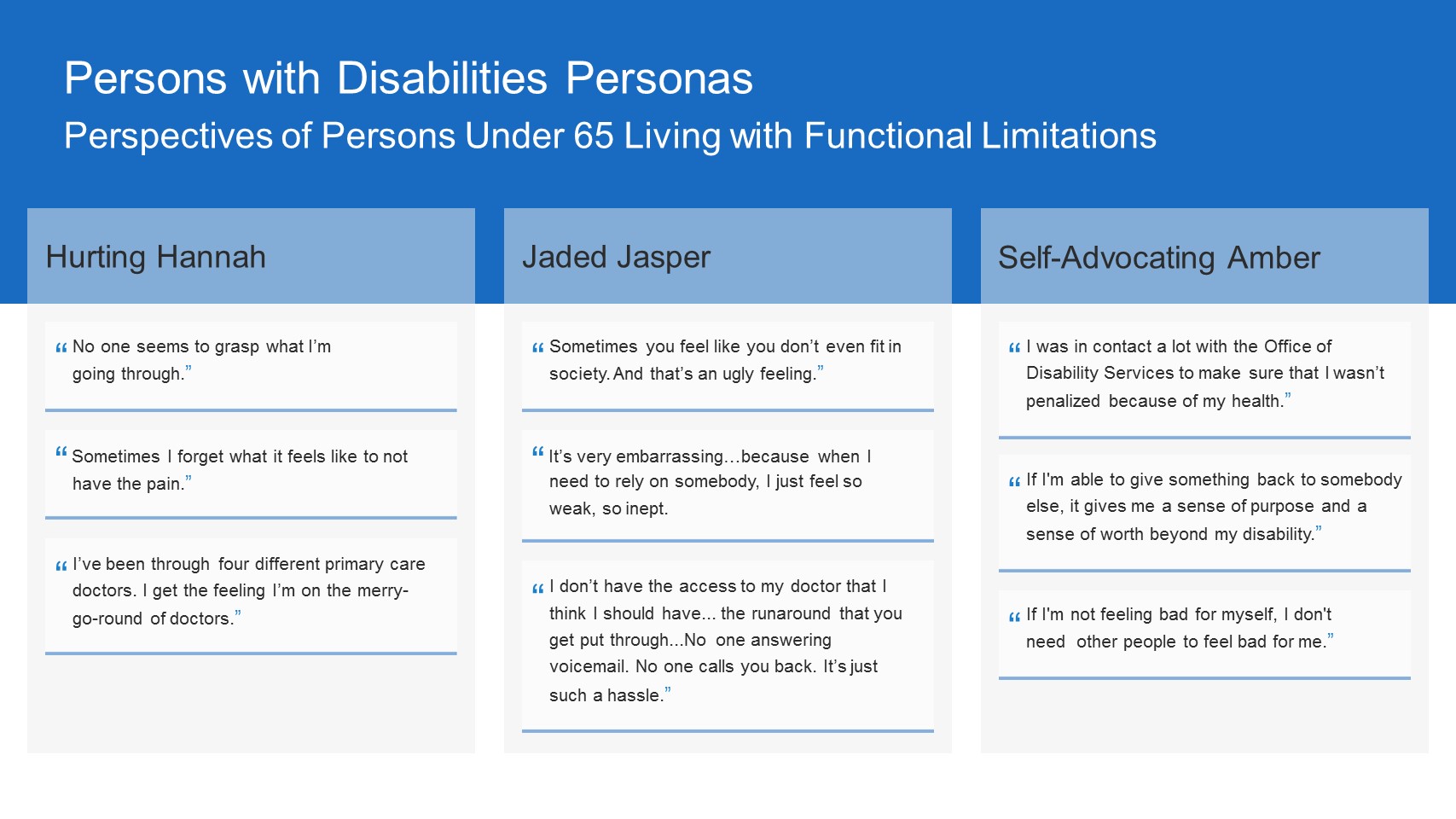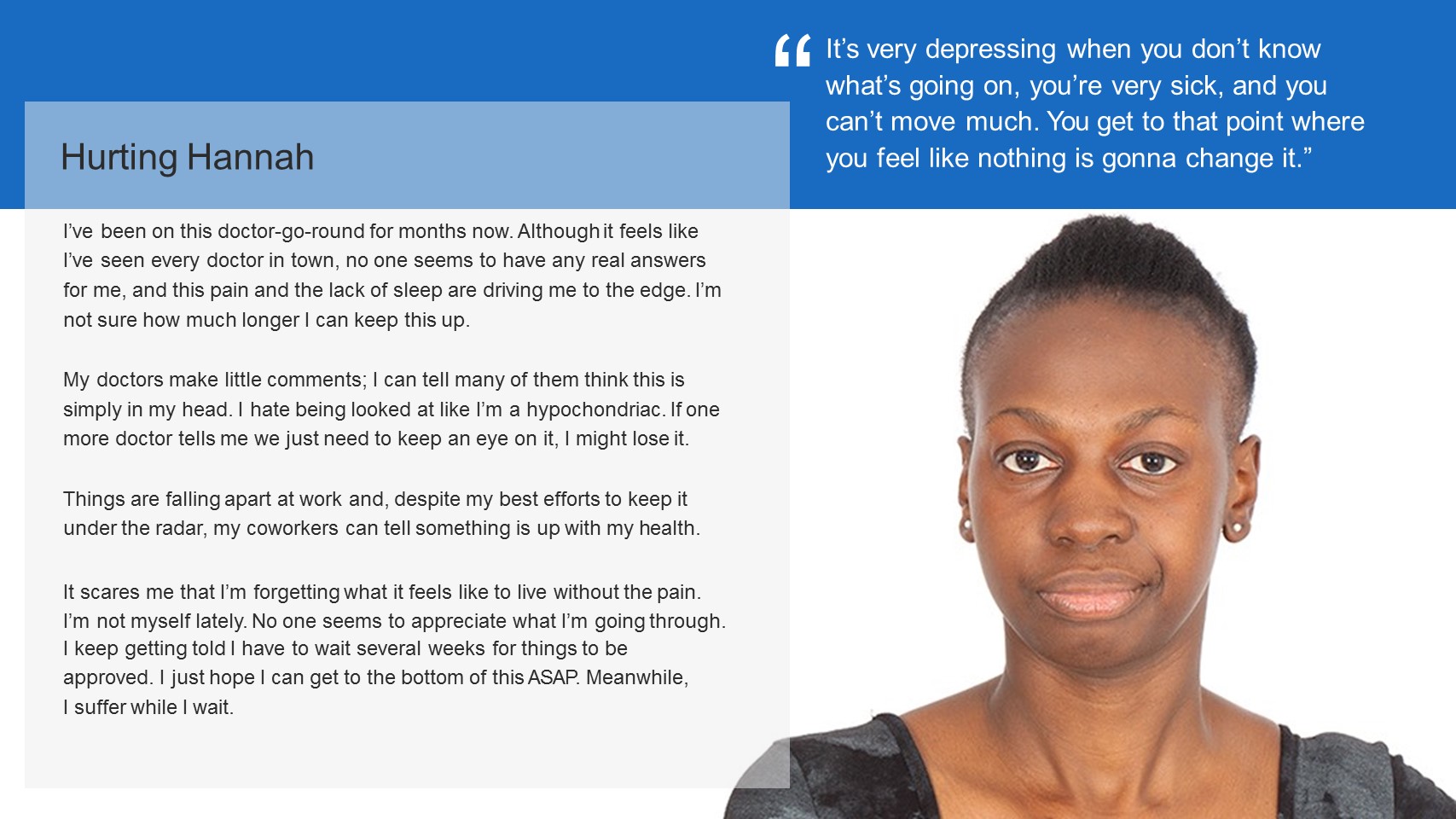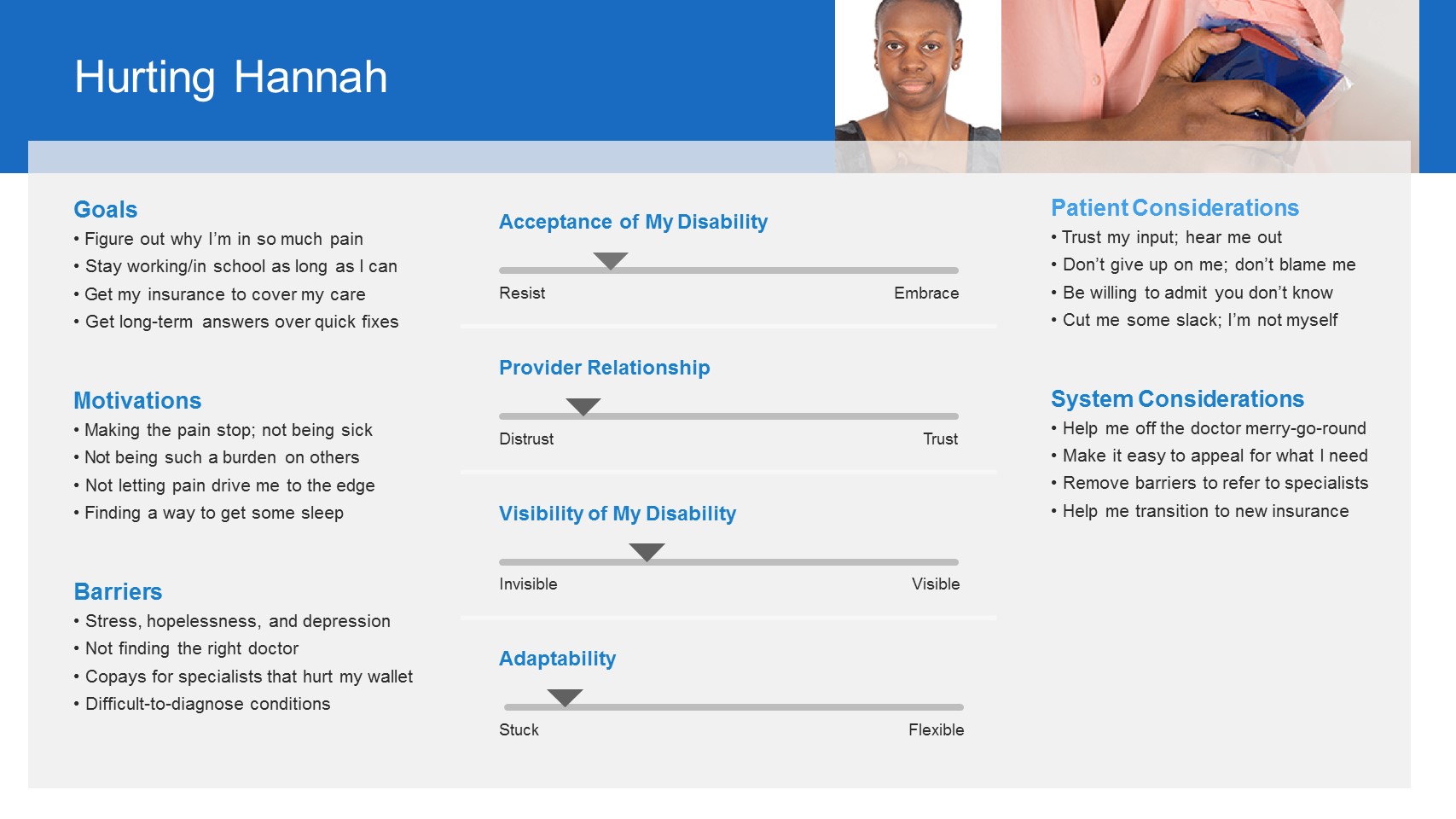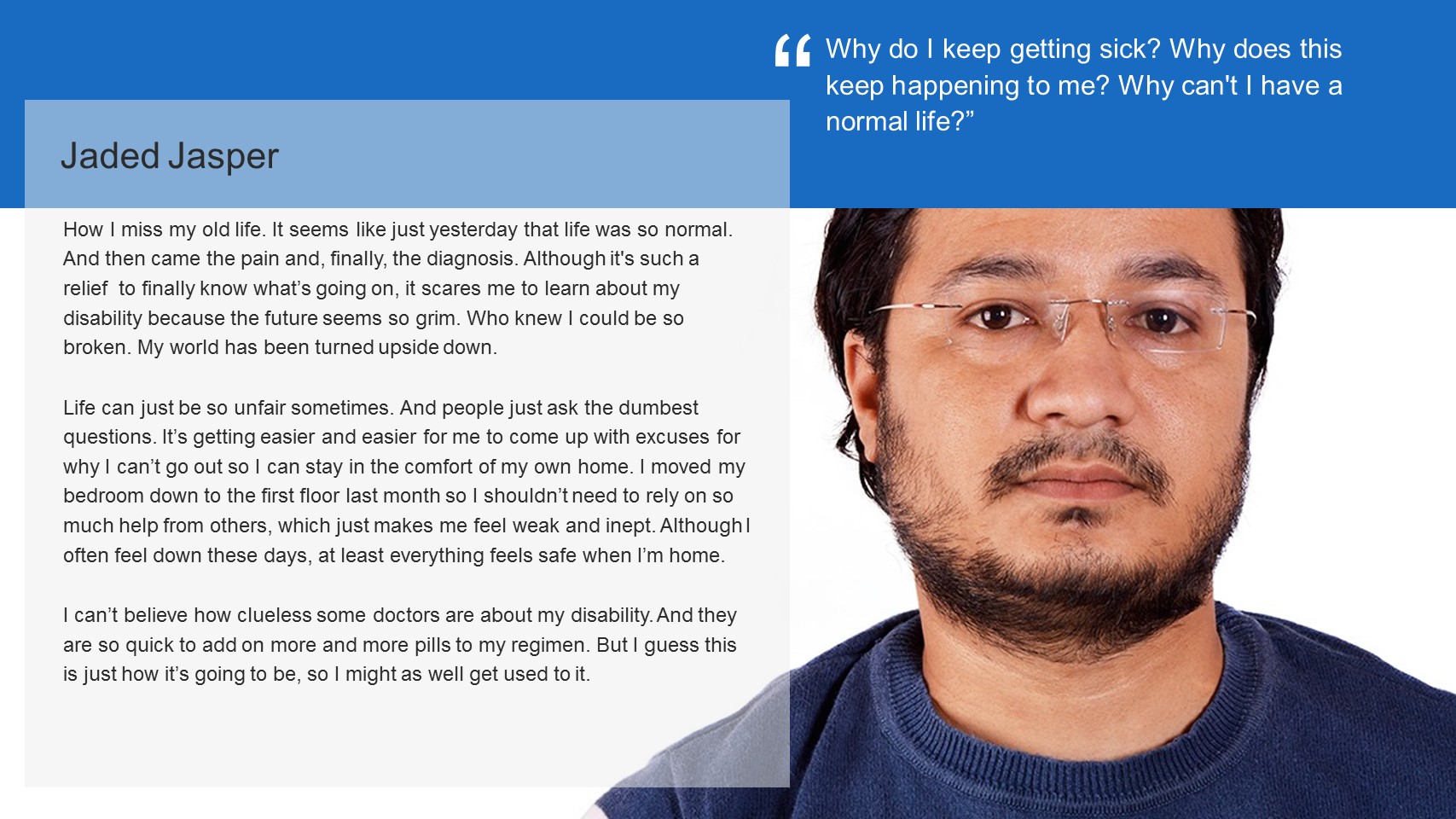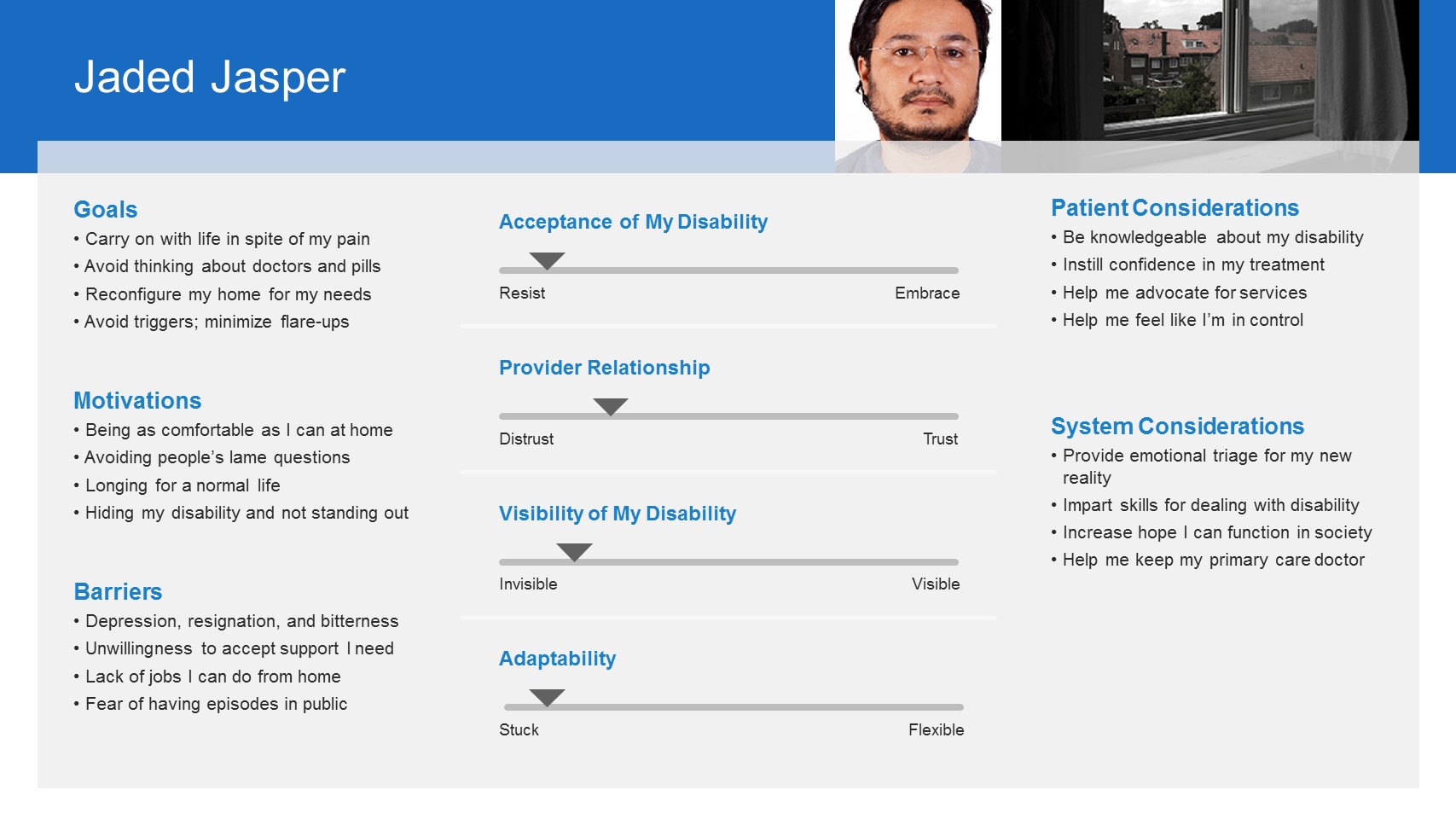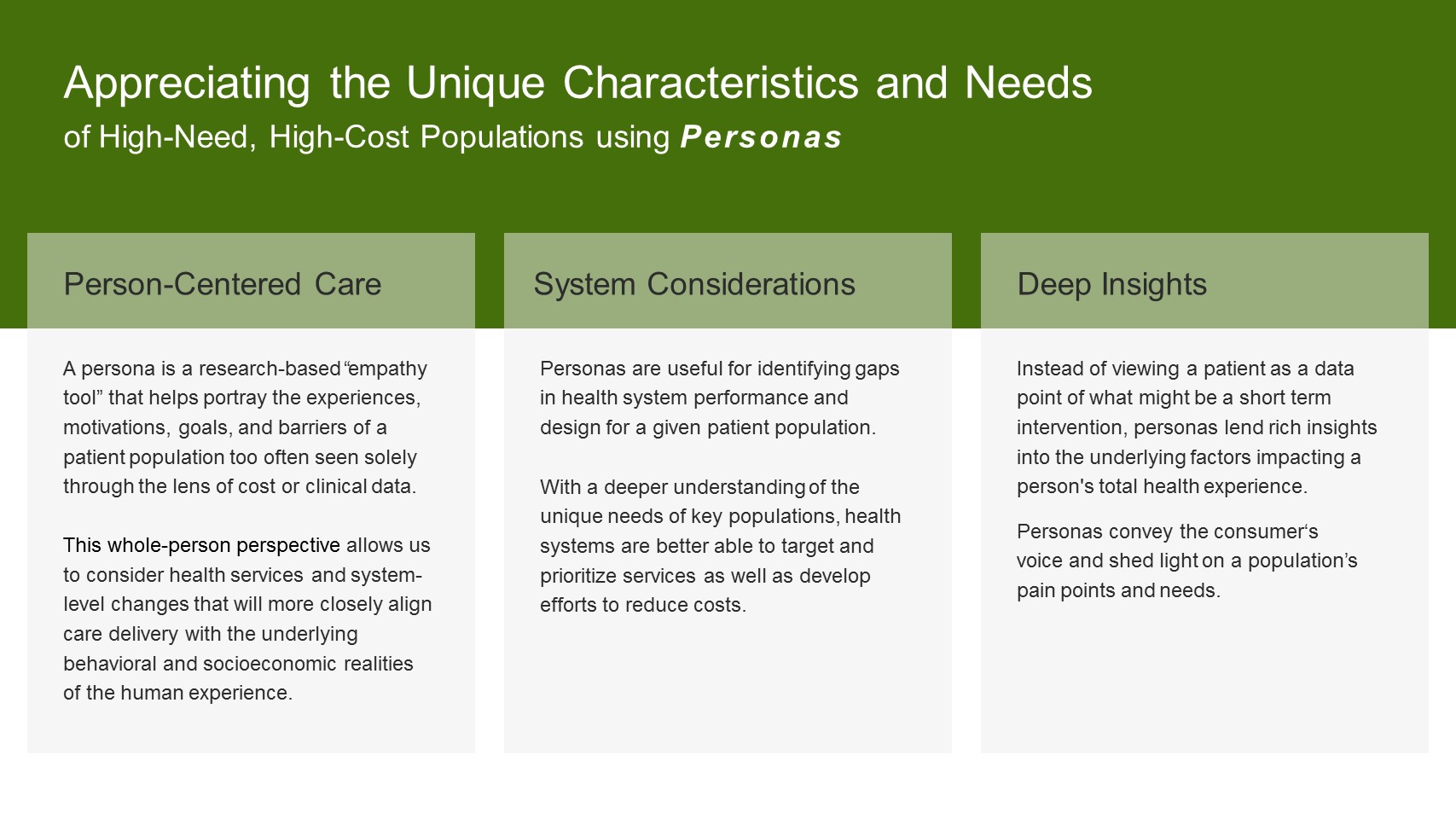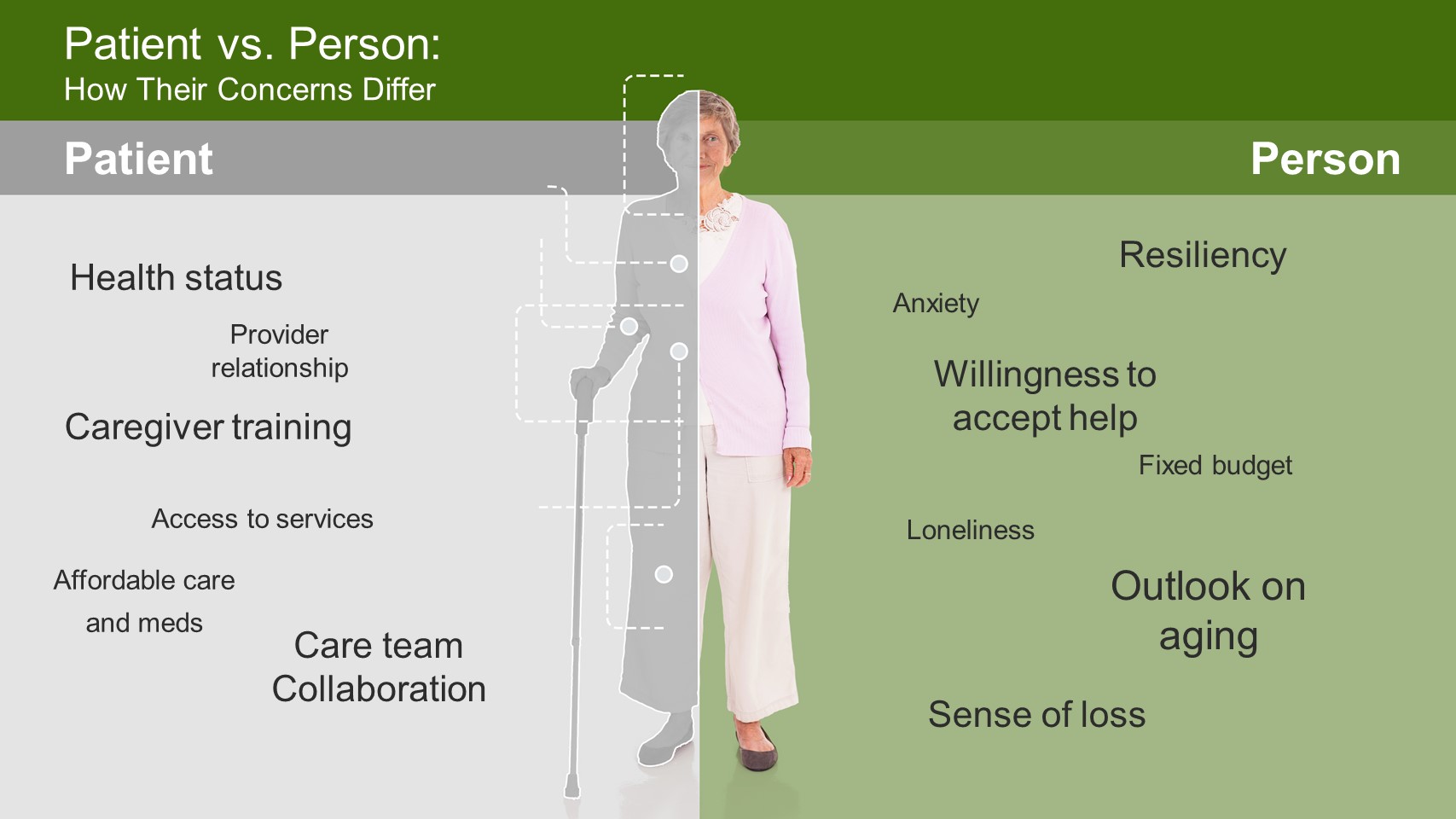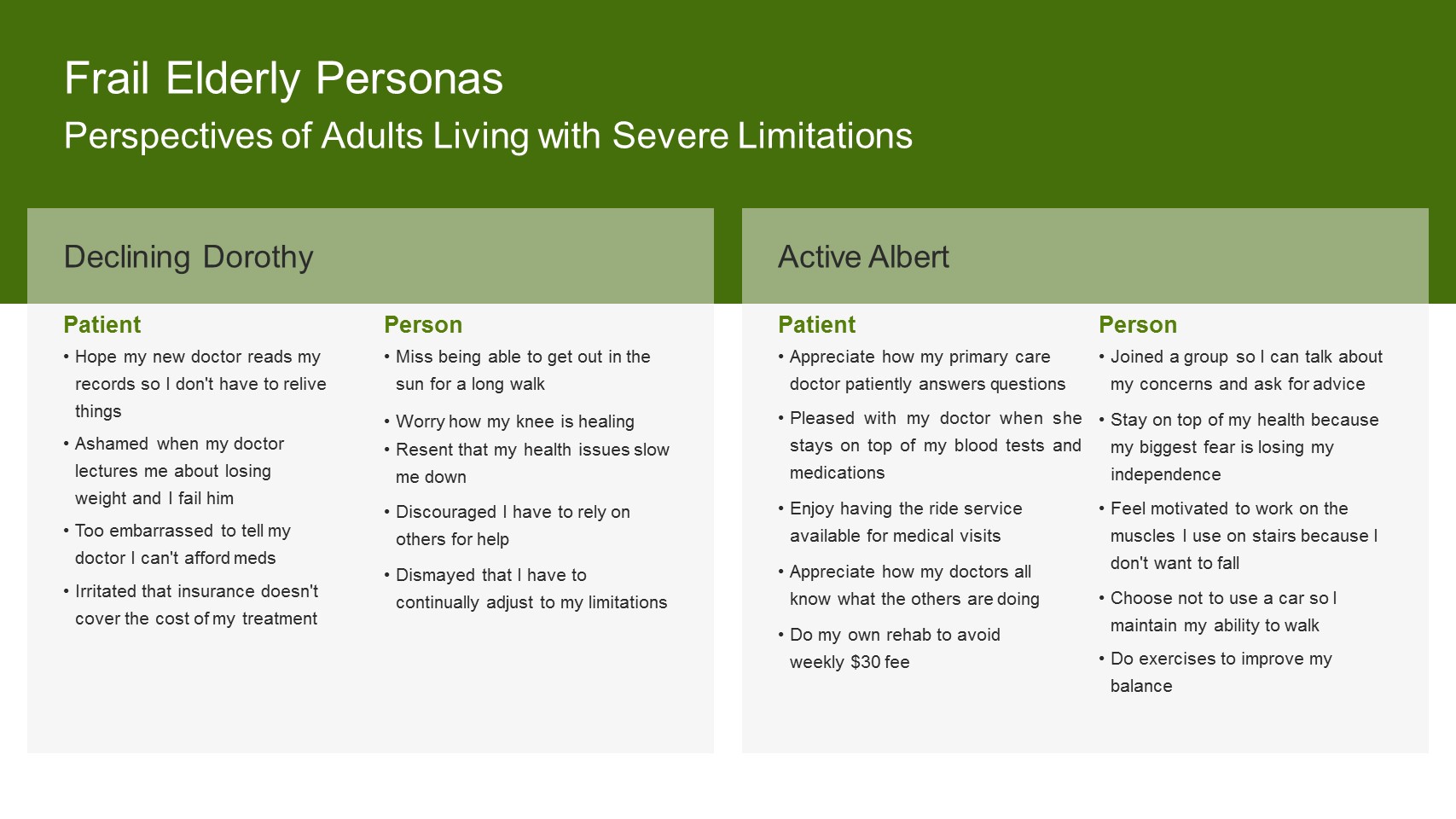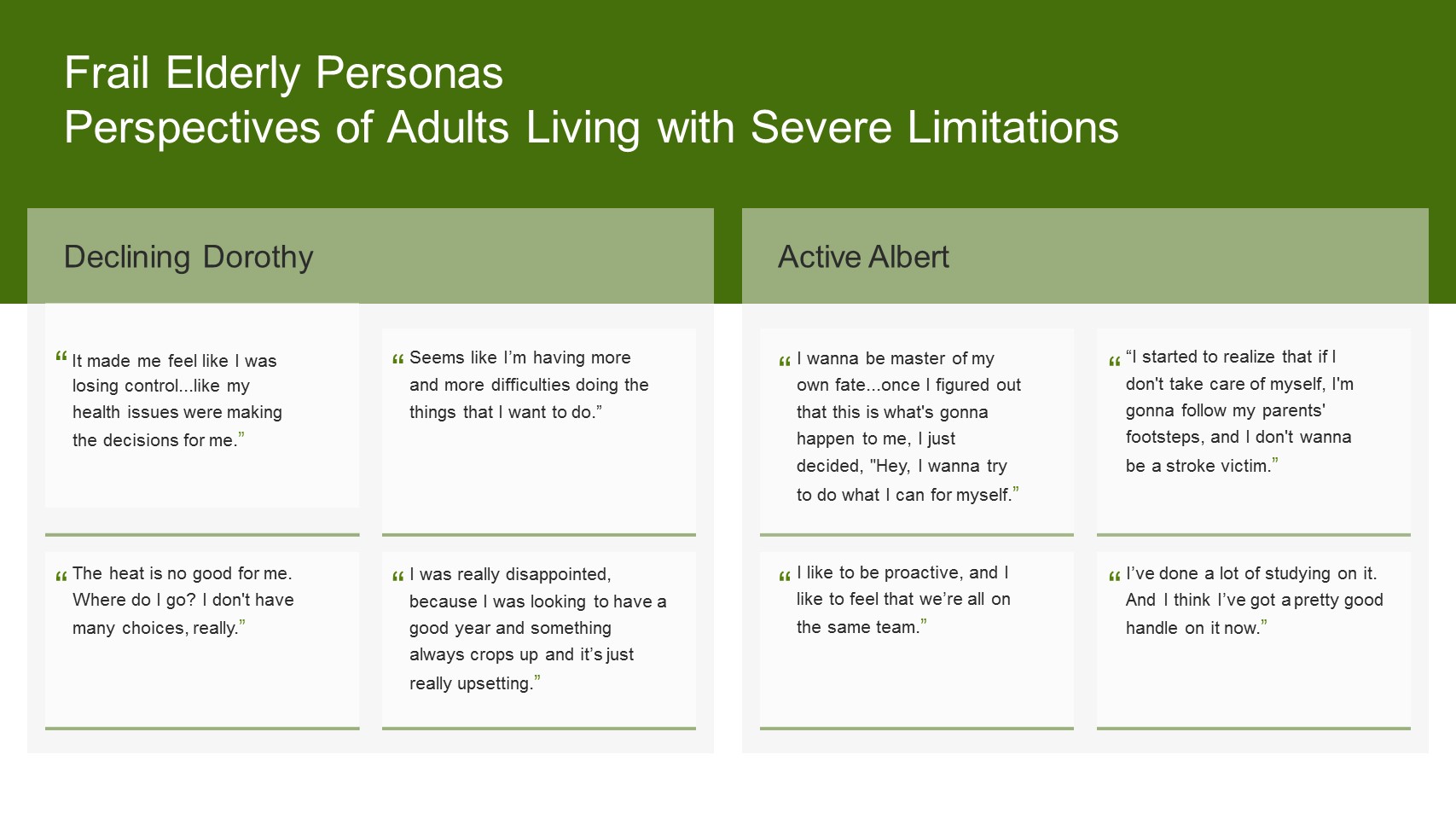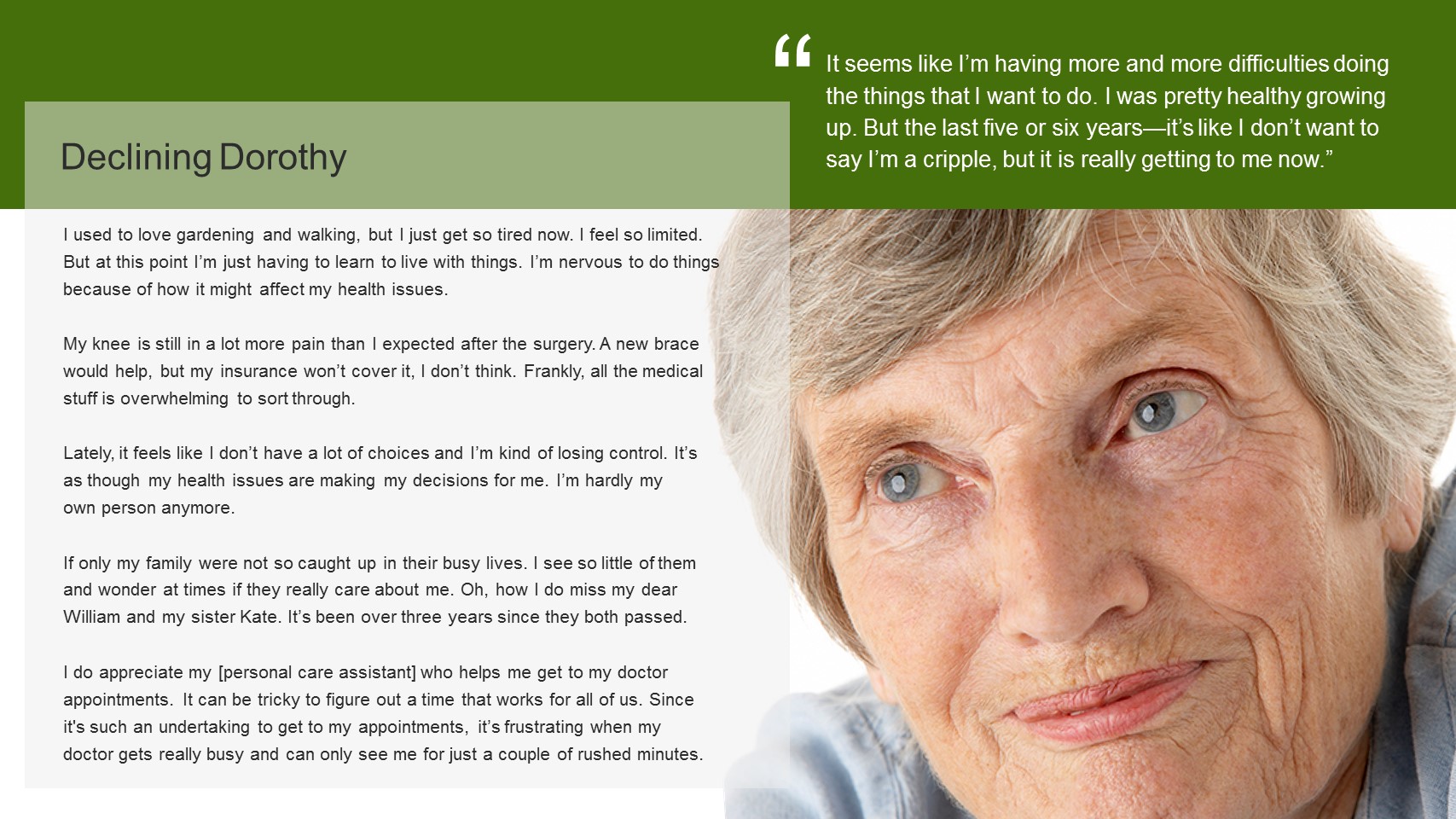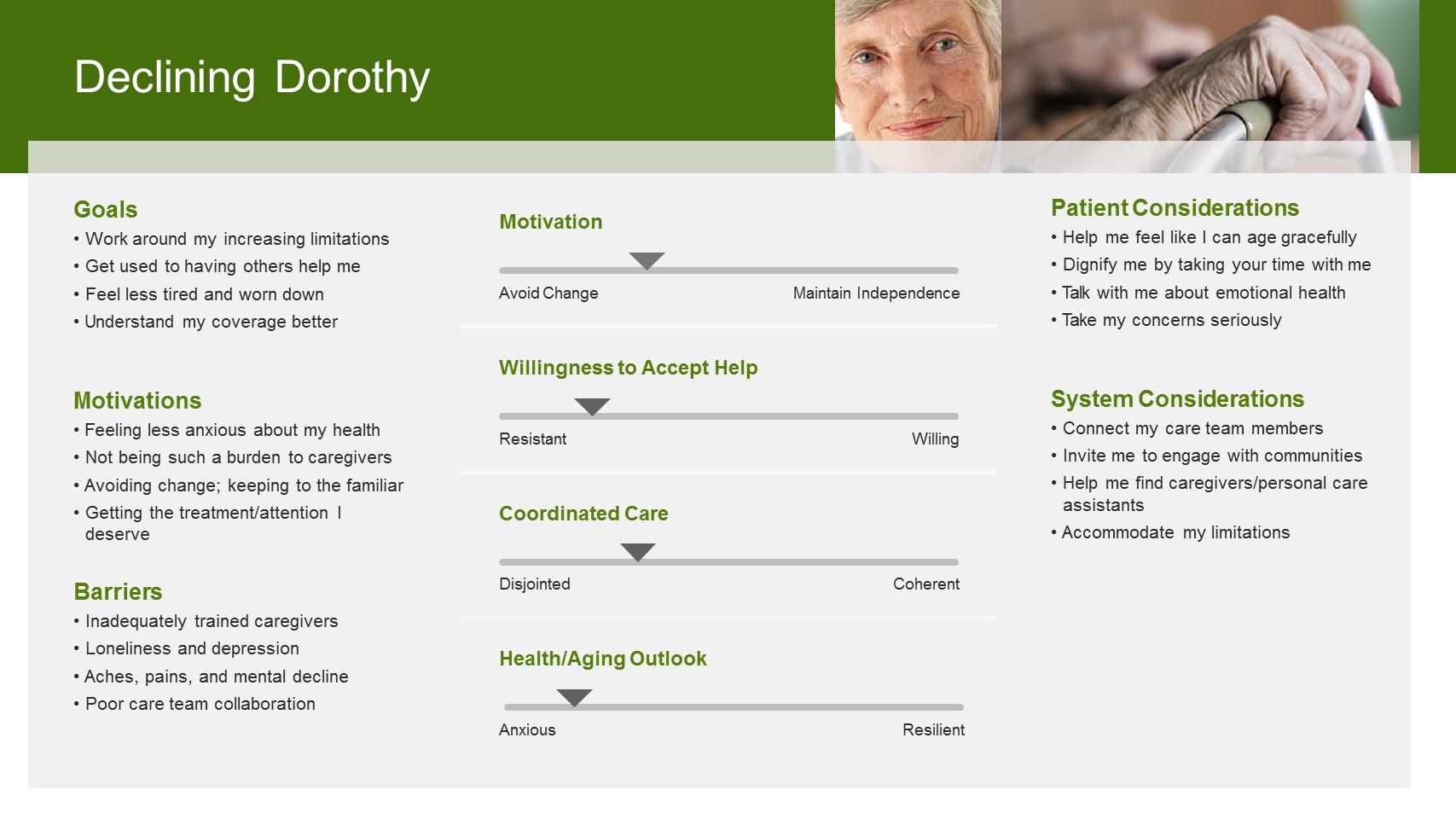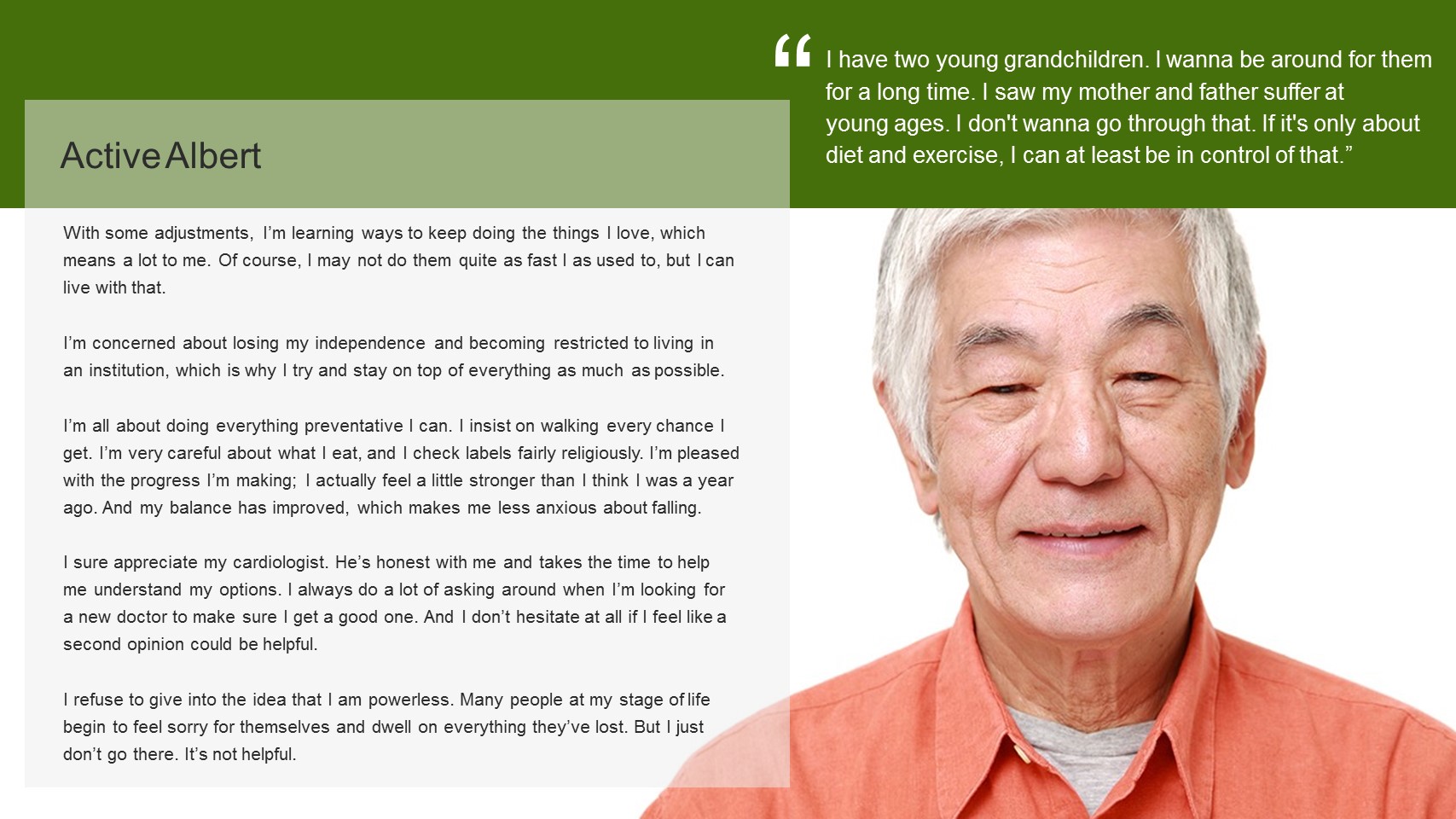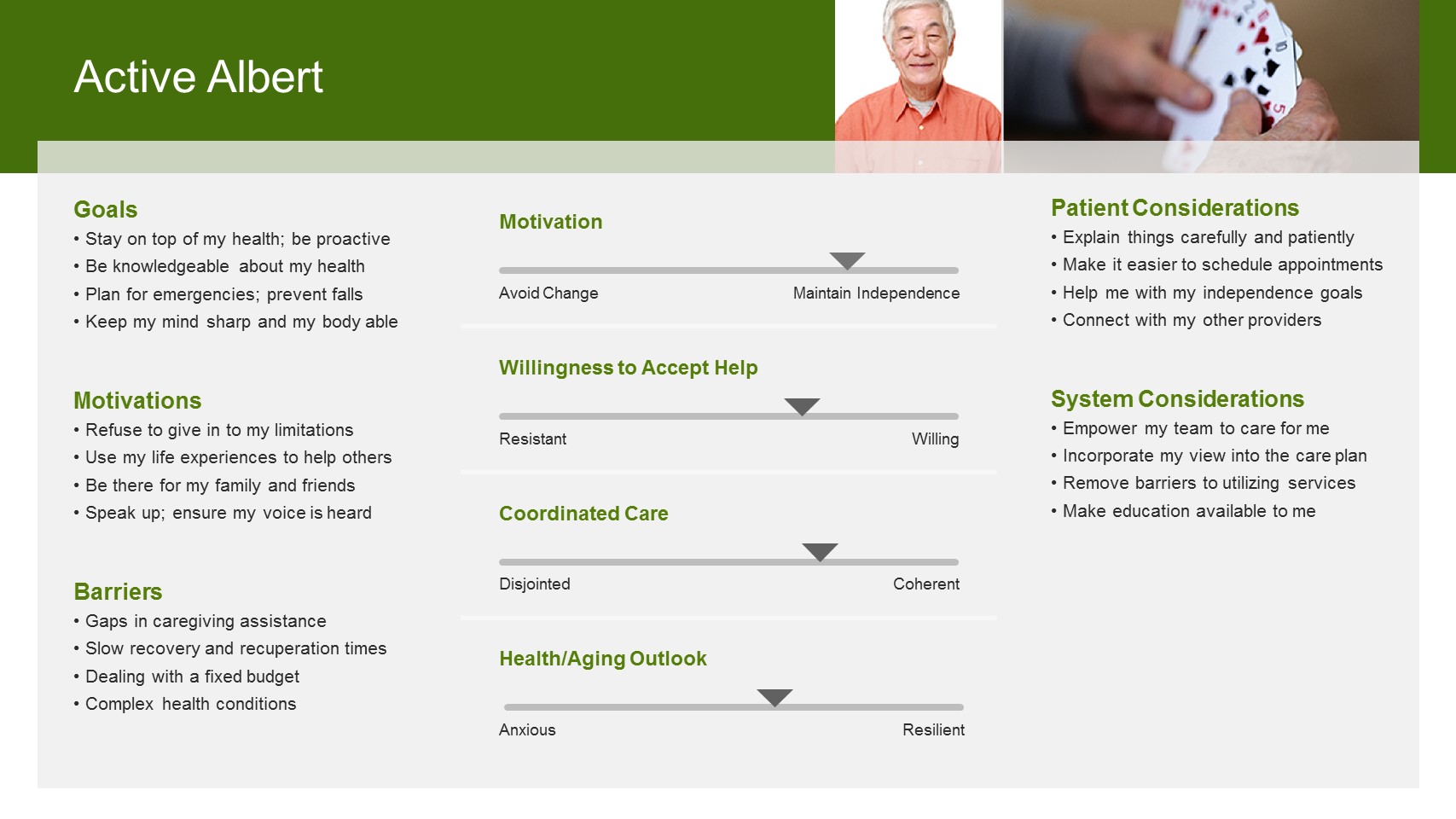Health care is often expensive, inefficient, and confusing for high-need patients. Evidence shows patients with three or more chronic conditions and a functional limitation have higher health care costs than other adults, yet are more likely to report unmet medical needs and less likely to report good patient-provider communication. To better understand these patients’ needs and ultimately inform changes in care, Healthwise—a nonprofit that aims to help people make better health decisions—conducted in-depth interviews with a sample of high-need patients with Commonwealth Fund support.
These 44 one-on-one listening sessions helped to reveal what clinical and cost data cannot—firsthand insights into how aspects of the health system and a person’s life affect their health care experiences. Common themes included the struggle to find adequate support for nonmedical needs such as nutrition or transportation assistance. Those who reported they had social support often relied on family members as their caregivers. But even patients with family caregivers experienced significant gaps in their care. Many patients also said that issues such as their relationship with their provider, a lack of integration between their sources of care, and difficulties paying for care were at least as challenging to manage—and sometimes more so—than their medical conditions.
In an effort to describe what we learned about the patients’ goals, motivations, and barriers to improved health, we developed “personas” for three key segments of the high-need population. The personas distill the key factors salient to each patient segment, such as the strength of the provider relationship or willingness to accept help, and show generally where people within that persona tend to fall along a continuum. Each persona therefore reflects unique needs and considerations, and highlights where the health system might be failing these patients and where it’s succeeding.
The key segments and corresponding personas are:
Individuals with at least three major chronic conditions, often with limited ability to do things such as get out of bed, dress, or bathe themselves.
- Struggling Sam: Sam lacks a strong social support system and has a poor relationship with his provider, leaving him feeling abandoned.
- Coping Clare: With a strong social support system and an active coping style, Clare is able to manage her conditions and handle anxiety about her future.
- Hurting Hannah: Hannah is driven by the goal of making her pain stop. She has developed a distrust in doctors. She feels unheard and dismissed as she moves from one health provider to another in search of a diagnosis and a solution.
- Jaded Jaspar: Jaspar lacks emotional support; he is depressed and needs assistance in developing skills to cope with his condition, although he is resistant to accepting any help.
- Self-Advocating Amber: Amber helps others help her and wants people to see her beyond her disability. She wants her doctor’s support rather than sympathy.
- Declining Dorothy: As Dorothy’s limitations increase, she hopes her doctor will help her age gracefully. But with disjointed care coordination and anxiety about her future, she feels as though she has lost all control.
- Active Albert: Albert is motivated to maintain independence and be around for his family. Because he struggles with the complexity of his conditions, he wants thorough explanations and his own point of view considered in his care plan.
We invite you to meet the people in this study through their personas and observe how just one factor, such as a good provider relationship or strong social support, can have an impact on the whole narrative. We hope the lessons from these patient personas can be applied toward improving the way care is delivered to high-need patients.
The authors would like to thank Chris Bettis, Rose Dawson, and Ellen Reifler, MPH for their contributions to this work.


